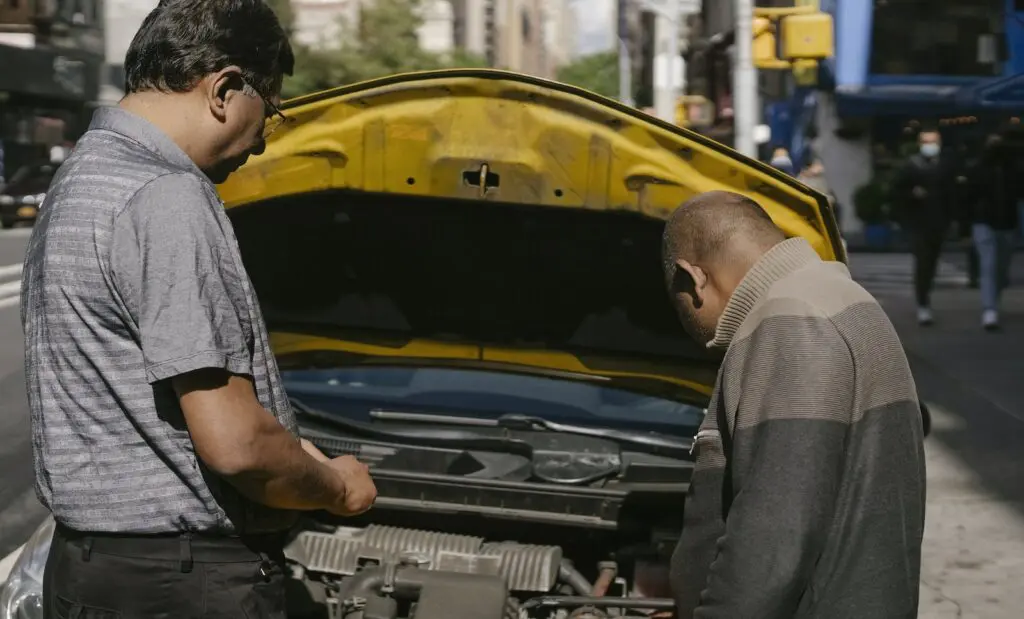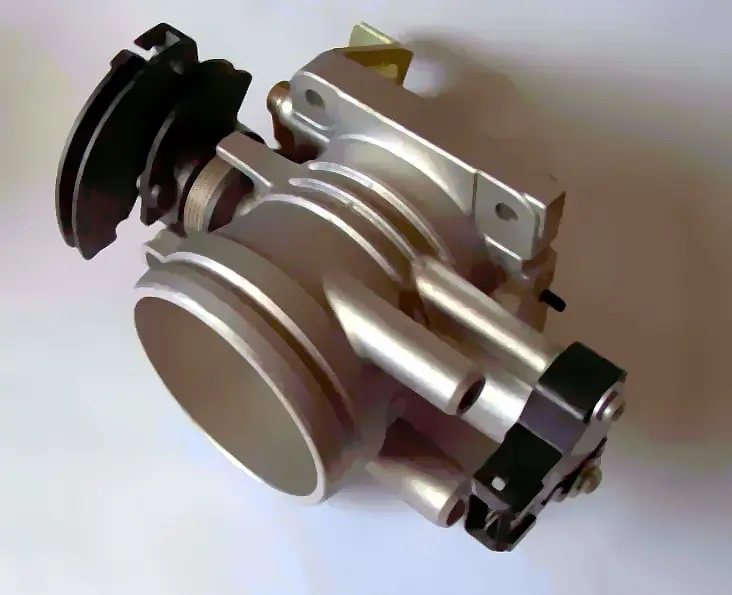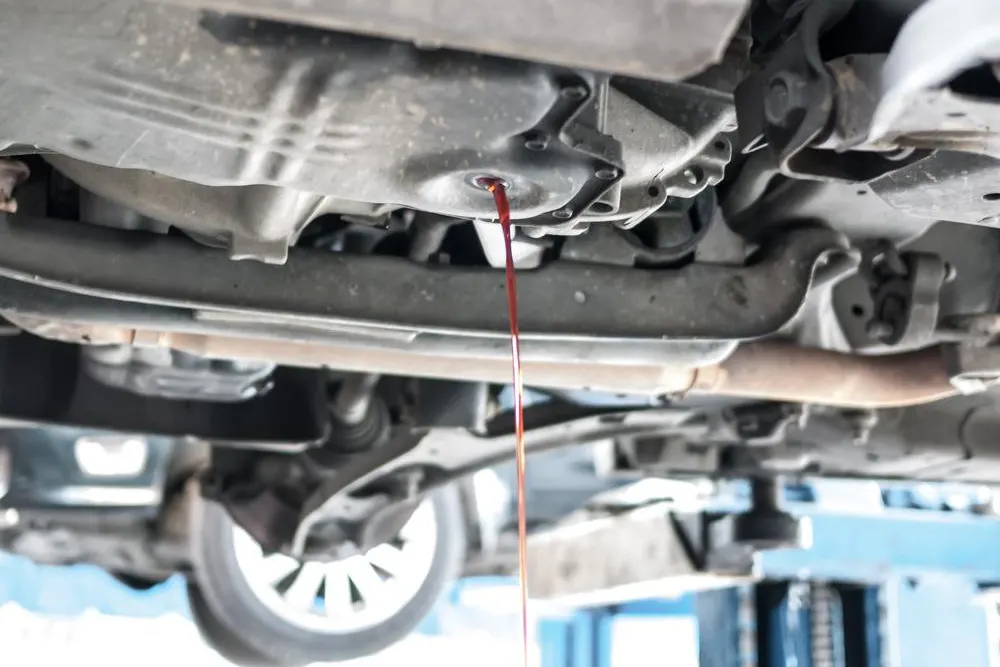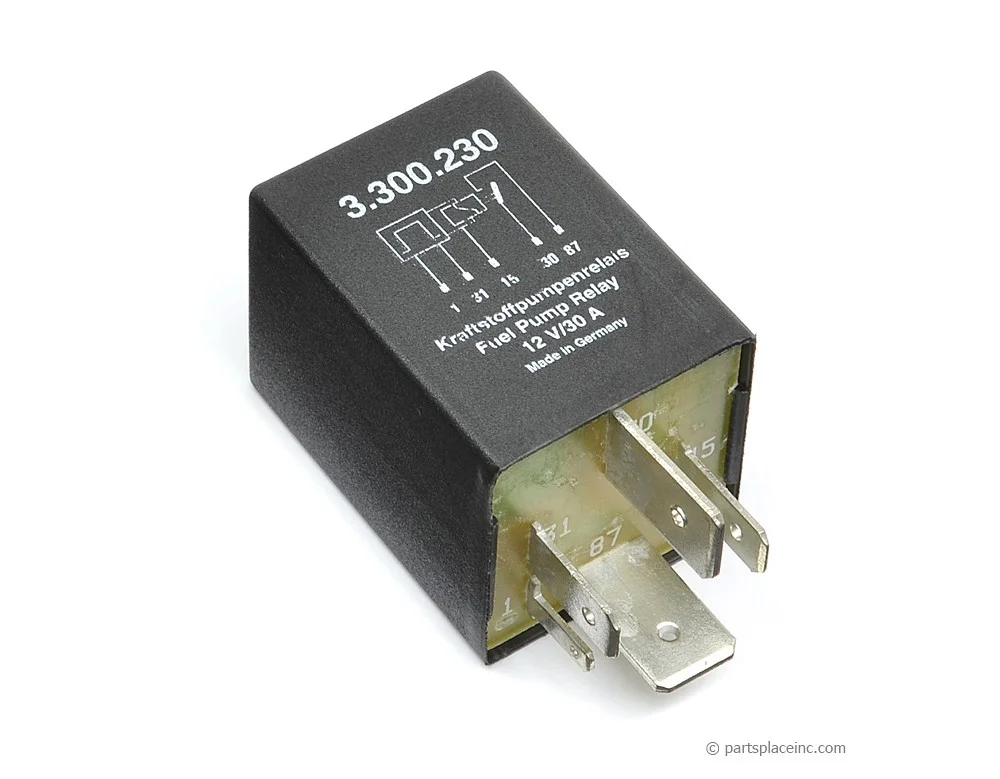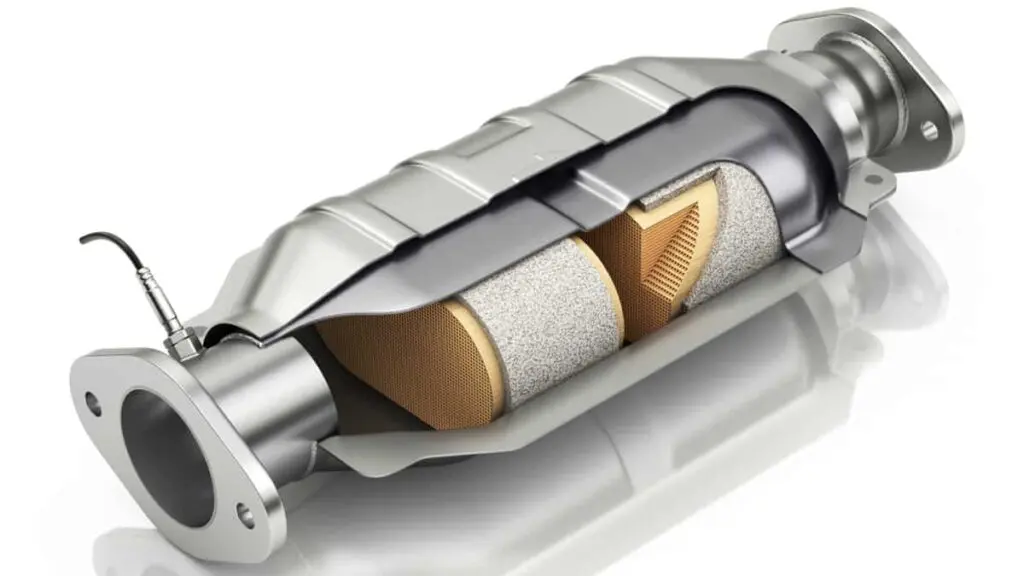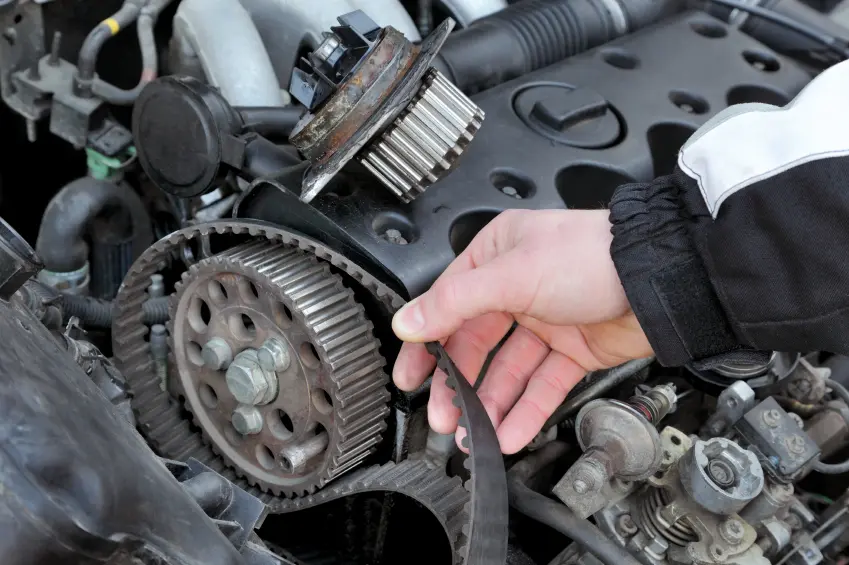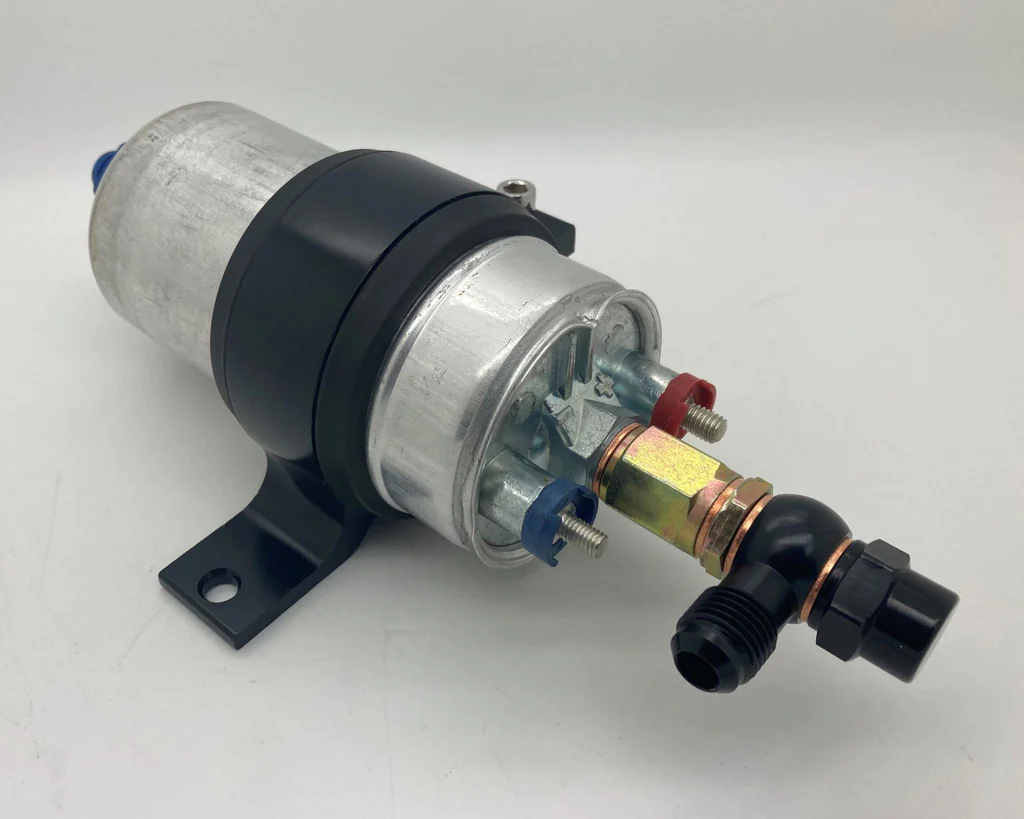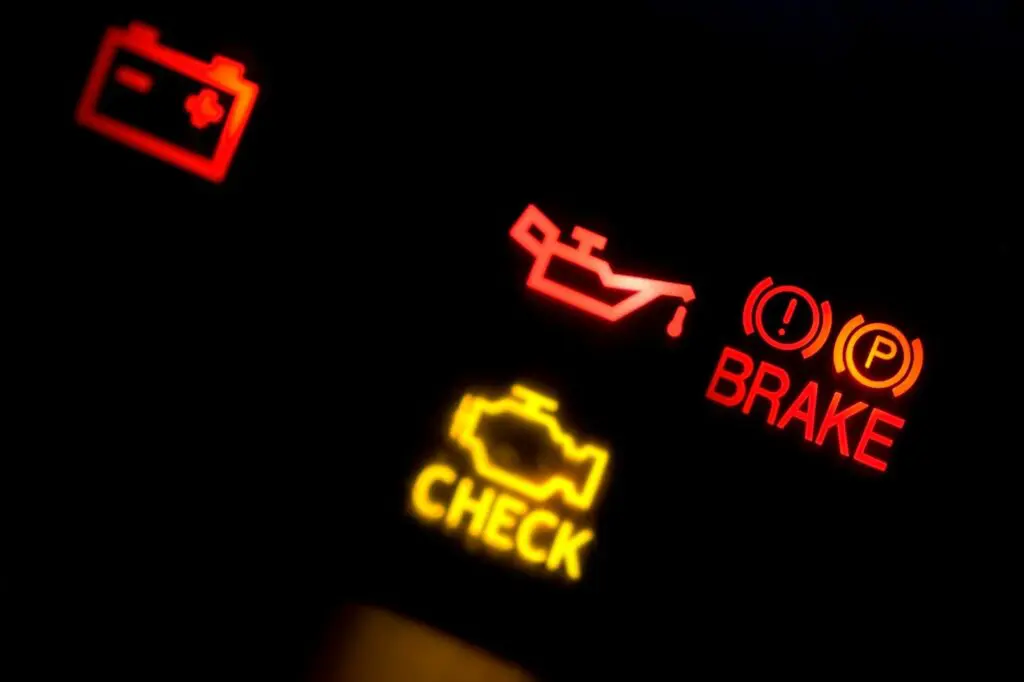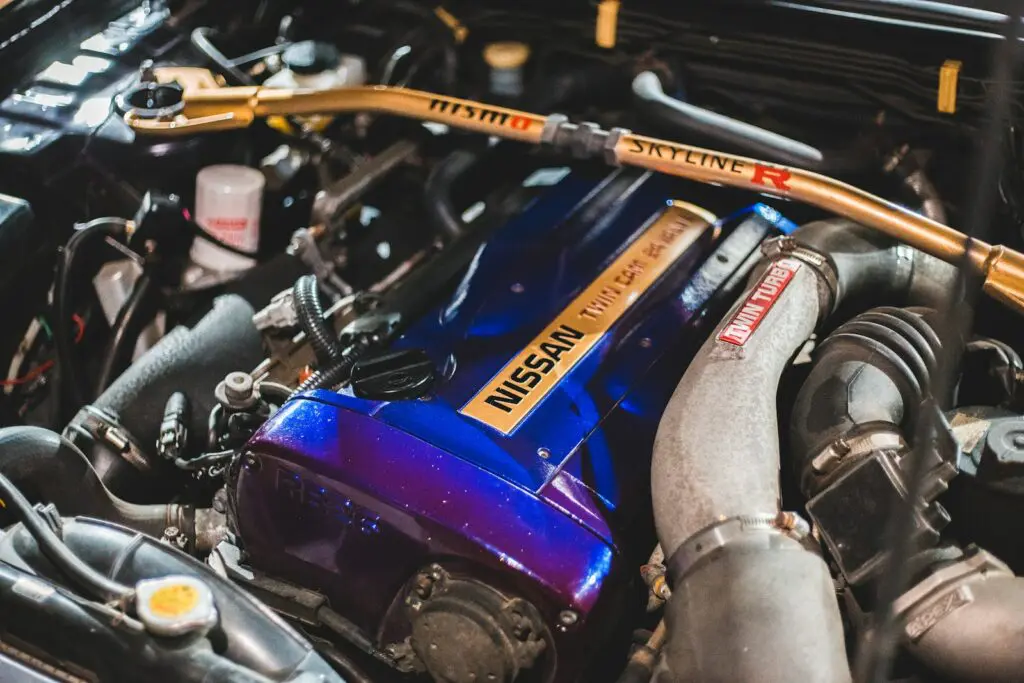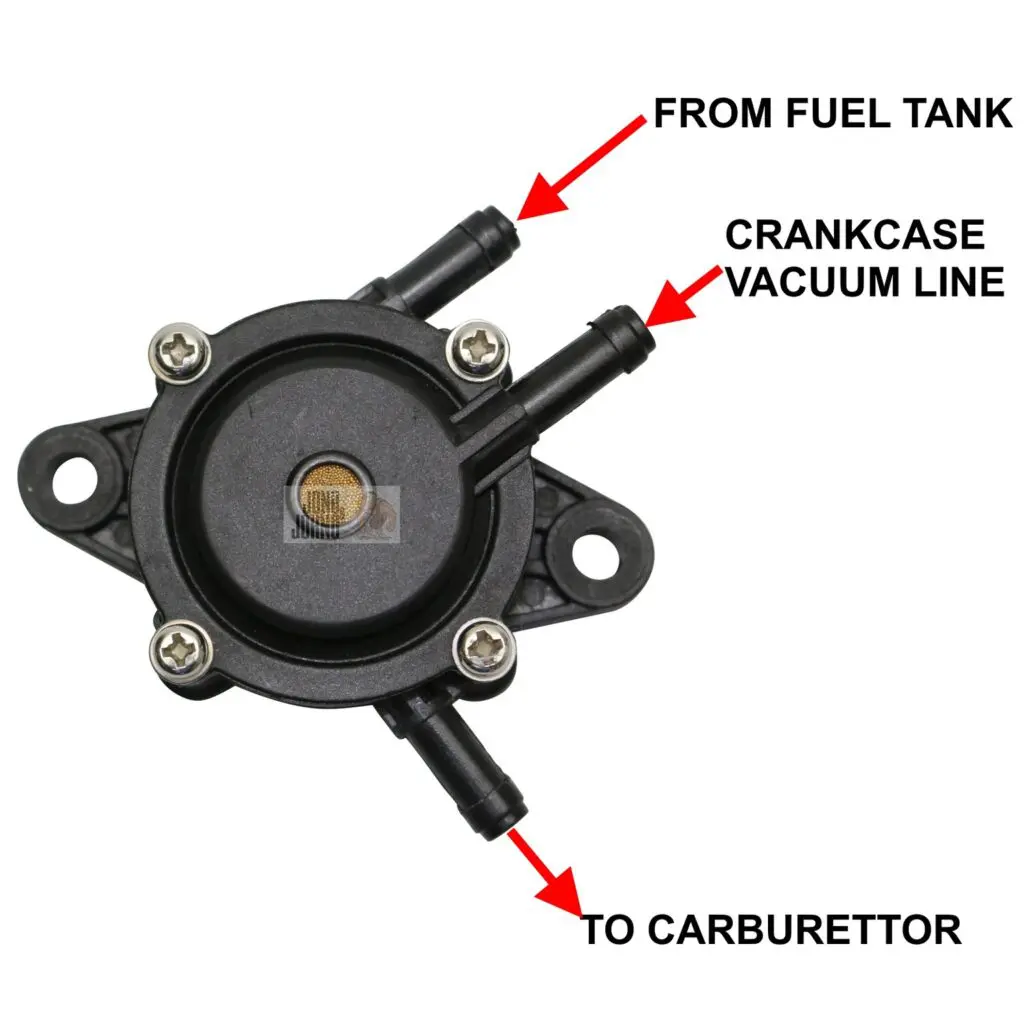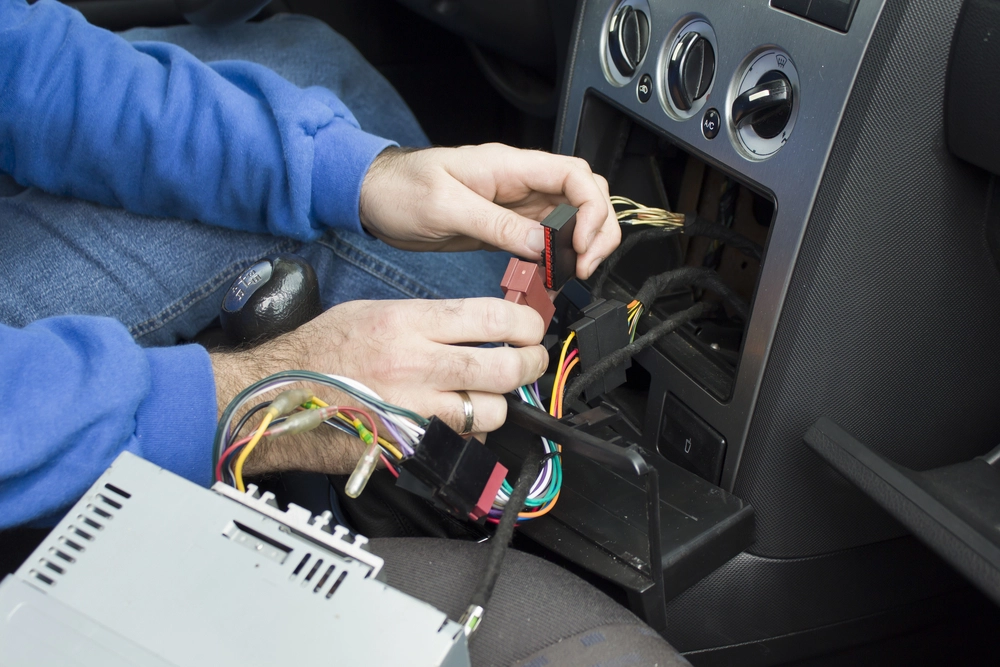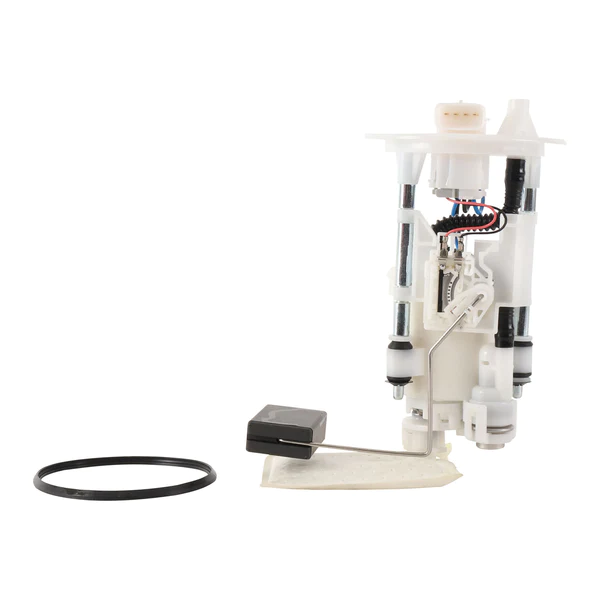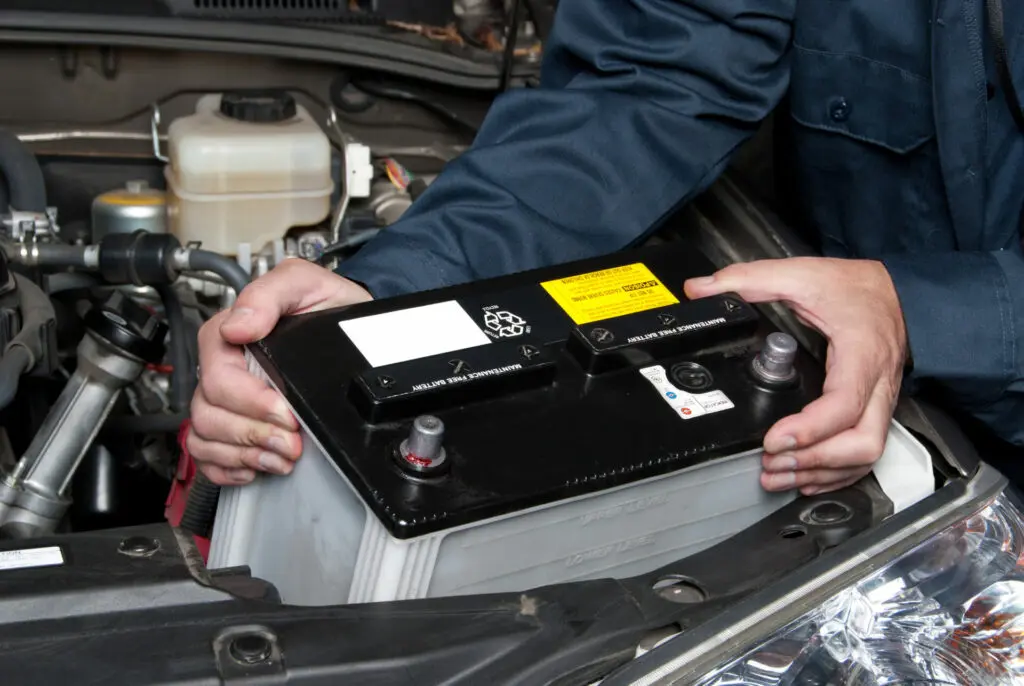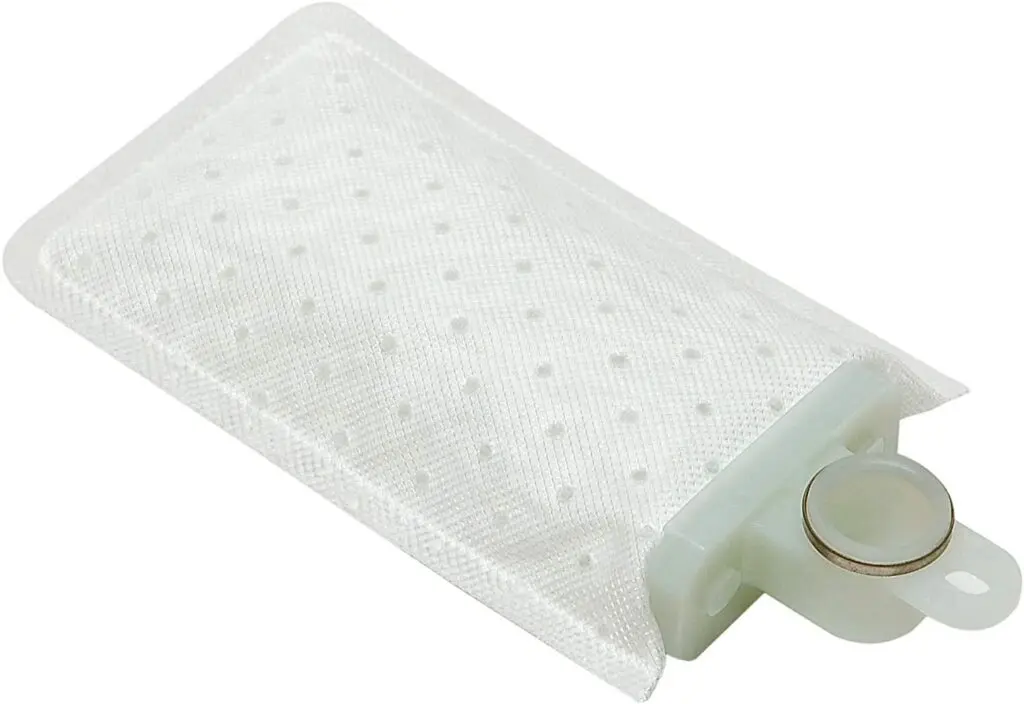Introduction
Welcome, today we’re going to talk about transmission trouble and what you can do if you’re experiencing it. Transmission problems can be frustrating and costly, but with the right knowledge and a little bit of elbow grease, you may be able to fix the issue yourself.
Symptoms of Transmission Trouble
The first step in fixing transmission trouble is to identify the problem. Some common symptoms of transmission trouble include:
- Difficulty shifting gears
- Slipping gears
- Grinding or shaking when shifting
- Burning smell coming from the transmission
- Warning light on the dashboard If you’re experiencing any of these symptoms, it’s important to get your vehicle checked out as soon as possible to prevent further damage.
Checking the Transmission Fluid
Before you start working on your transmission, it’s important to check the transmission fluid. Low fluid levels can cause a variety of problems, including difficulty shifting gears. To check the transmission fluid, locate the transmission dipstick and pull it out. Wipe it clean, then reinsert it and pull it out again. Check the fluid level and color. If the fluid is low, add more until it reaches the “full” line on the dipstick. If the fluid is dirty, it may need to be changed.
Precautions
- Always refer to your vehicle’s owner manual before attempting to work on your transmission.
- Always wear protective gear, including gloves, safety glasses, and long sleeves.
- Always use the proper tools and equipment.
- Always make sure the vehicle is in park and the emergency brake is on before working on the transmission.
Repairing the Transmission
If you’re comfortable with working on your vehicle, you may be able to fix the transmission issue yourself. Some common repairs include:
- Replacing the transmission filter and fluid
- Tightening or replacing transmission pan bolts
- Replacing the transmission mount
- Replacing the clutch
- Replacing the solenoid It’s important to note that some of these repairs may be more complicated than others. If you’re unsure about your ability to complete the repair, it’s best to have a professional do it for you.
Conclusion
Transmission trouble can be frustrating and costly, but with the right knowledge and a little bit of elbow grease, you may be able to fix the issue yourself. If you’re experiencing symptoms of transmission trouble, it’s important to get your vehicle checked out as soon as possible. Remember to always refer to your vehicle’s owner manual, wear protective gear, use the proper tools, and make sure the vehicle is in park before working on the transmission. If you’re unsure about your ability to complete a repair, it’s best to have a professional do it for you.

